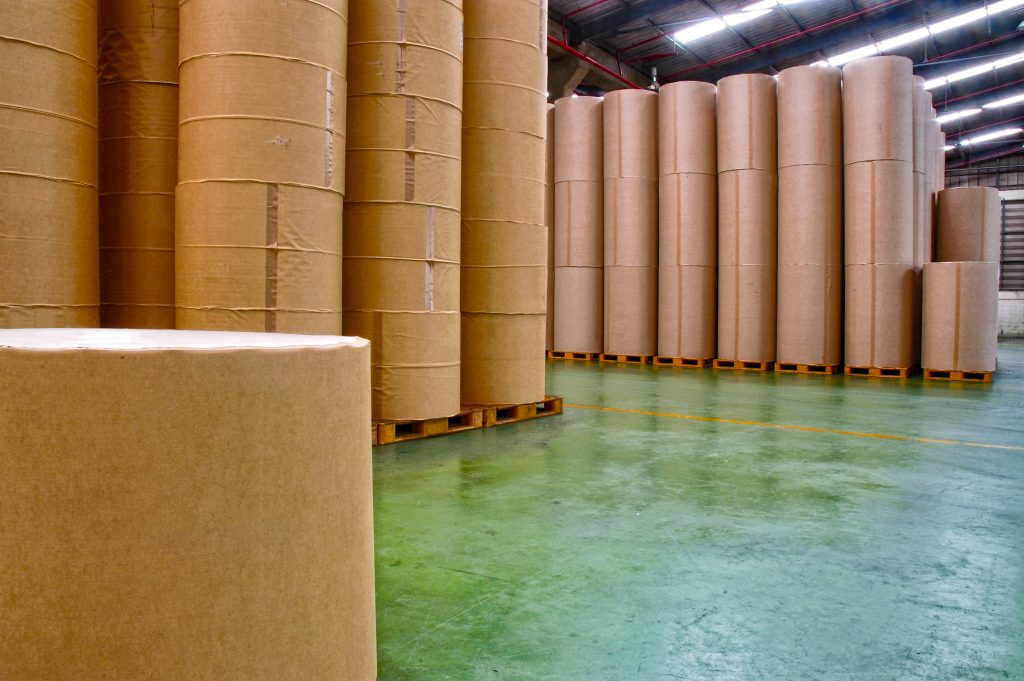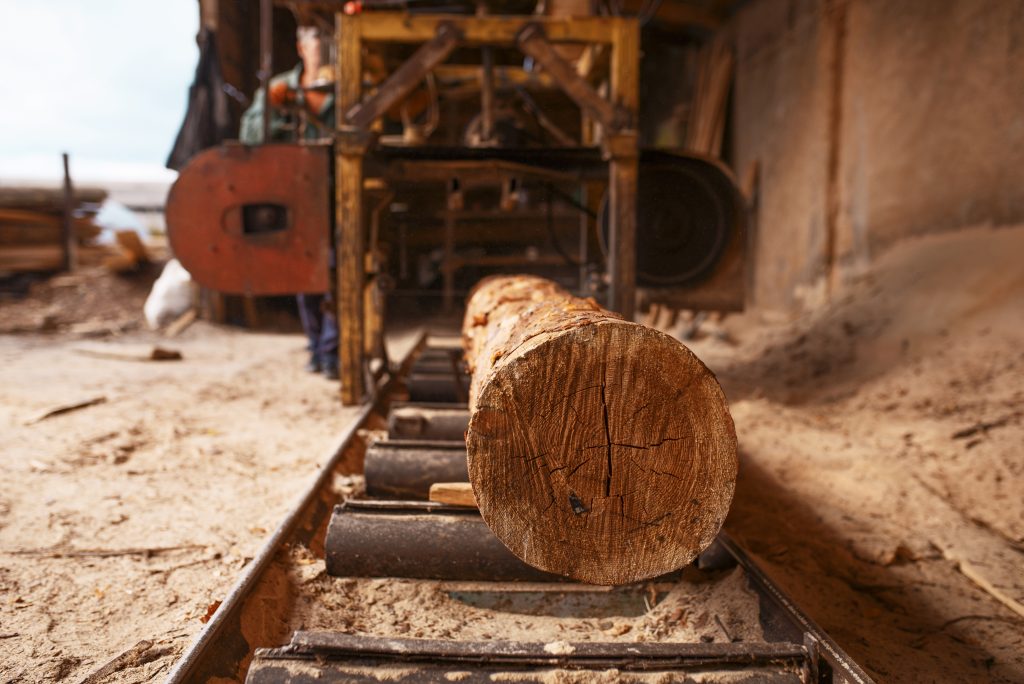The pulp and paper industries are part of the group of industries that have complex operations in their processes, and that has the possibility of optimization and digitalization through new technologies from the period known as industry 4.0.
Like other industries, such as oil and gas, mining, and offshore, the paper and cellulose industry has gigantic industrial facilities, which have a large number of assets that are constantly being monitored so that sudden interruptions in the production line, either because of failures or variables that are difficult to perceive, do not happen.
Although technological development has provided applications that have increasingly digitalized and automated industrial processes, these industries are still undergoing a slow transition from traditional management methods to the new control and optimization models that were popularized after the digital transformation.
The digital transformation was a movement that generated major changes in the industrial scenario. From it, activities that were done manually started to be performed in an automated way through innovative technologies such as IoT, Artificial Intelligence, and Digital Twin.
Understand in detail how this transformation process has created new possibilities for industries through content that will keep you updated on the changes that the industrial scenario has been going through over the past few years. Click and access!
THE POSSIBILITIES GENERATED BY DIGITALIZATION
One of the biggest challenges for the Pulp and Paper industry is to guarantee the uninterrupted operation of its production line. For this to be possible, it is necessary for the operation as a whole to be thoroughly analyzed, in order to detect possible failure mechanisms that could trigger accidents or loss of productive capacity.
Having control over the various variables that involve the operation is a task that is practically impossible to be performed manually, and that is subject to errors and inaccuracies. However, with the help of post-digital transformation technologies, this task has become much simpler, faster, and more accurate.
In the last decade’s technologies such as Artificial Intelligence, IIoT, and Digital Twin, began to be implemented within industrial plants, with that, the extraction, processing, and analysis of immense amounts of data started to be done in an automated and precise way.
Thanks to the advancement of these new techniques provided by new technologies within the operations, those responsible now have access to valuable information on the various disciplines of the process, making strategic decision making much more assertive, based on information that could hardly have been obtained. manually.
Through sensors, algorithms, and digital twins, managers have access to information being extracted and processed in real-time, about the state of integrity of each asset within the process, whether there is a need for maintenance or loss of its productive capacity. Other important information, such as inventory management and even prediction of possible failures, is now done in an automated way, generating new perspectives of performance.
The possibilities generated after the digital transformation period are innumerable, and little by little new forms of application are found and adapted to the specific needs of each operation. For the pulp and paper industry, the moment requires the disruption to traditional methods and the follow up to the digitalization era.
Day after day, industries have brought digital transformation into their facilities and with the use of these innovative technologies, they have achieved increasingly better results, reducing risks, optimizing team time in the field, and avoiding interruptions in the production line. The application of techniques resulting from digital transformation has allowed control over the operation never seen before, which has attracted many managers to test new forms of management in search of greater performance and profitability.
In case you are interested, I have content that explains in detail the advantages of implementing technologies coming from digital transformation. Click here and access!






